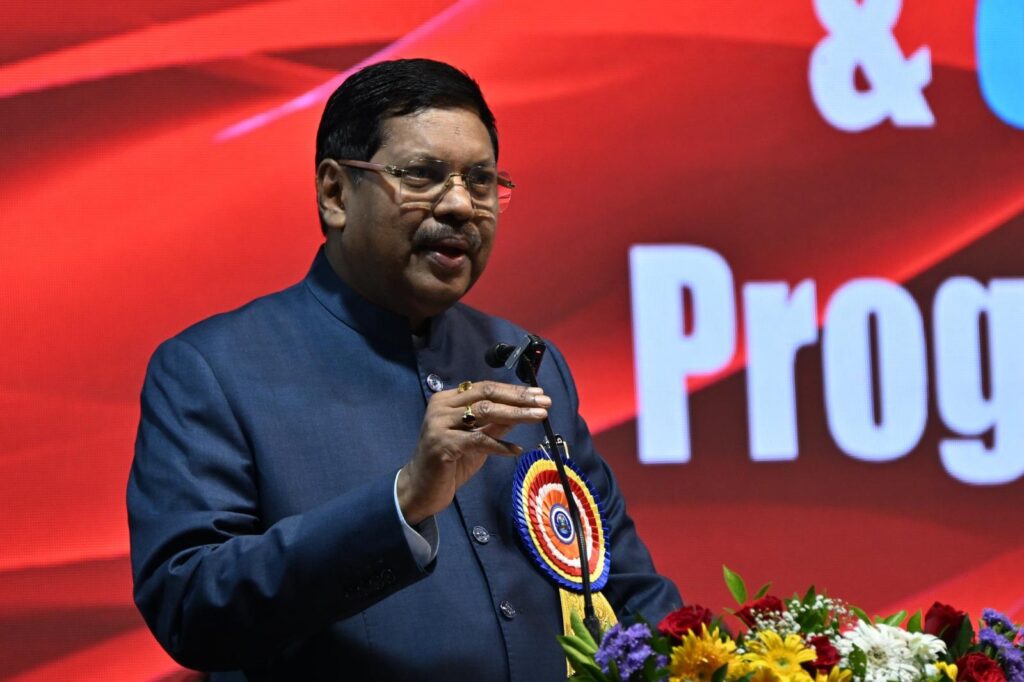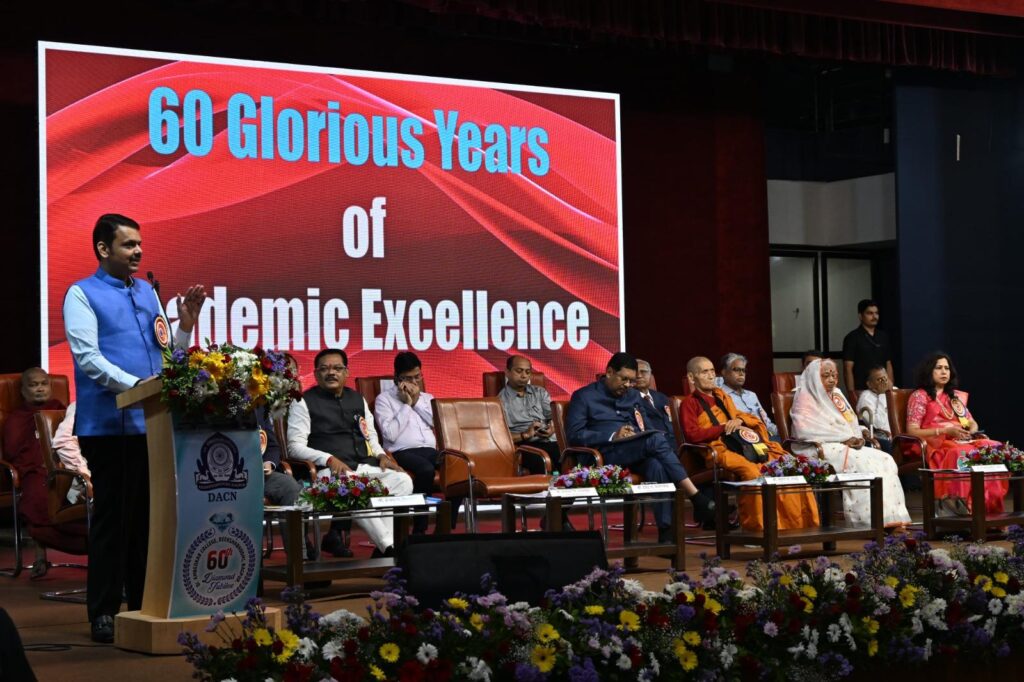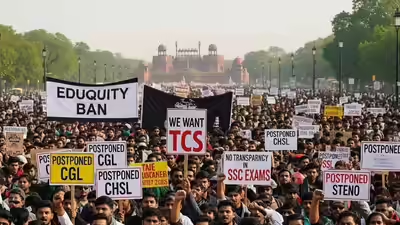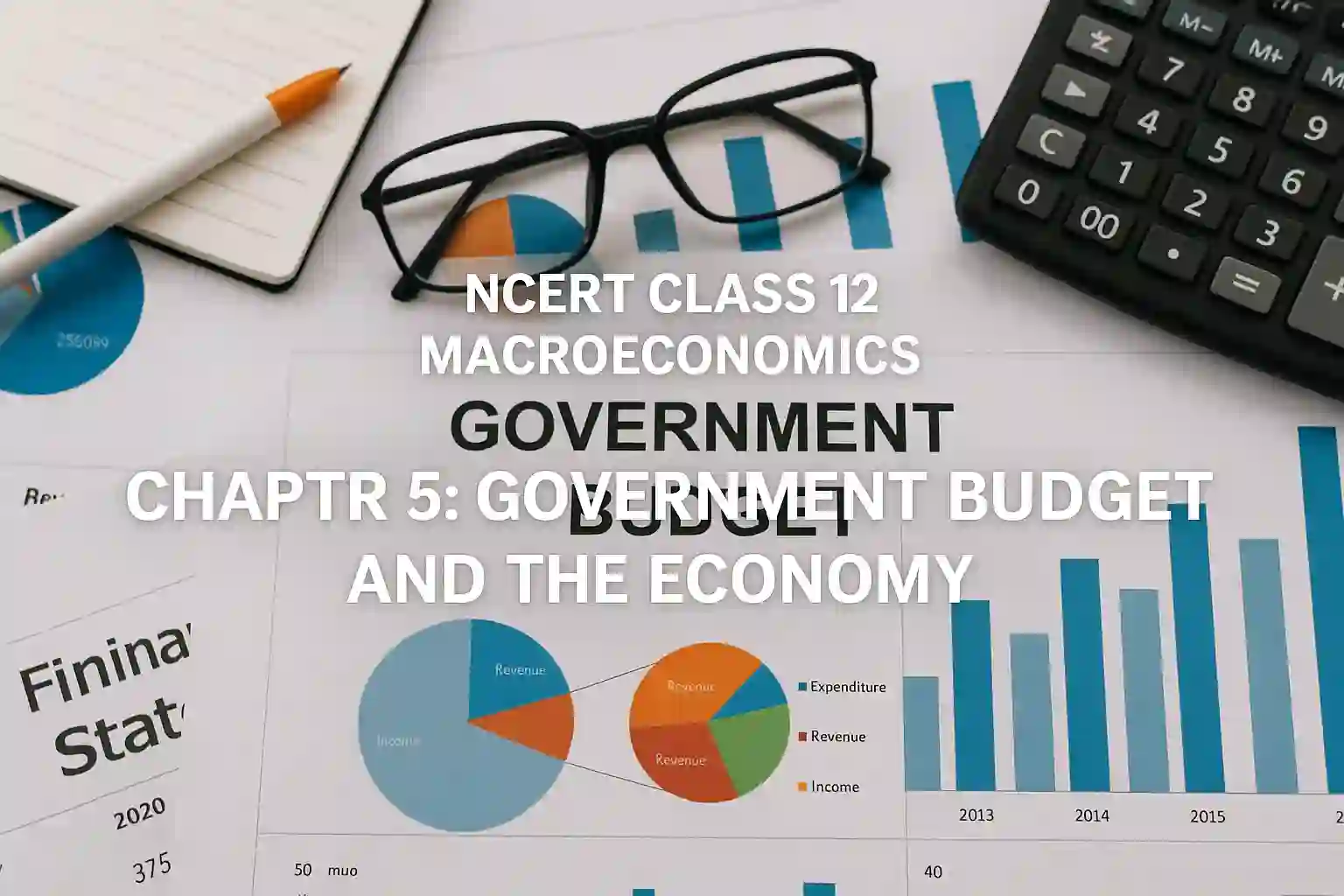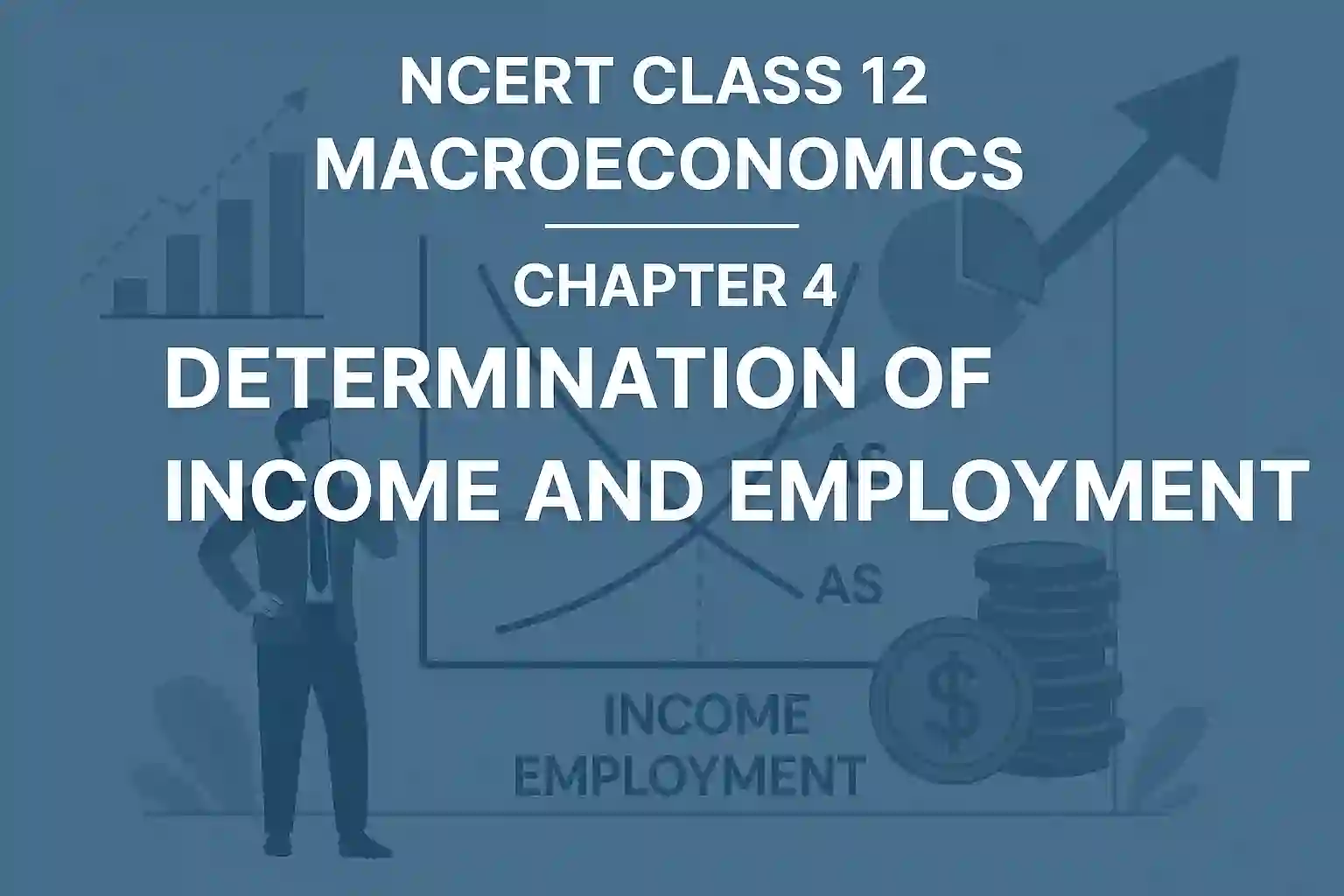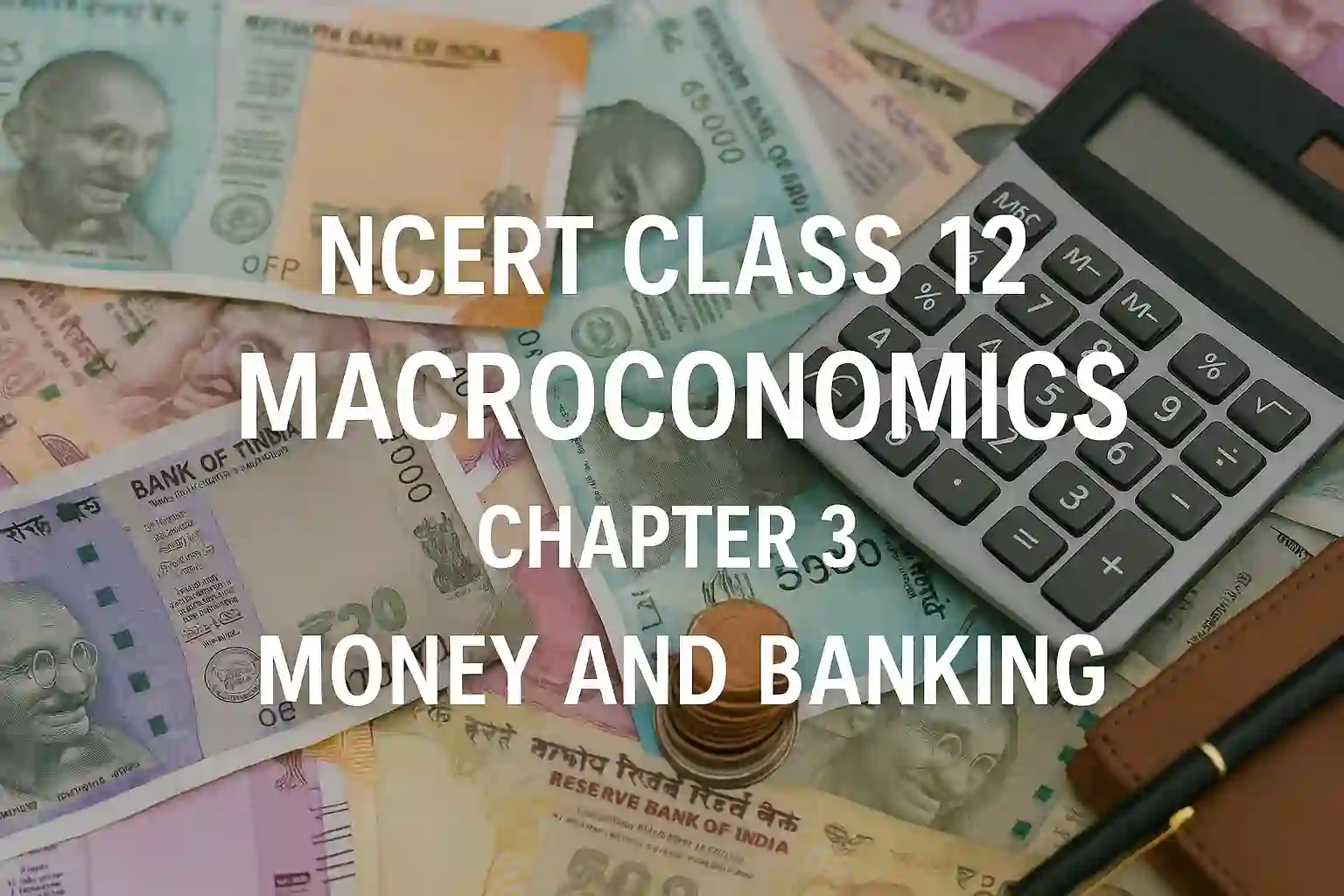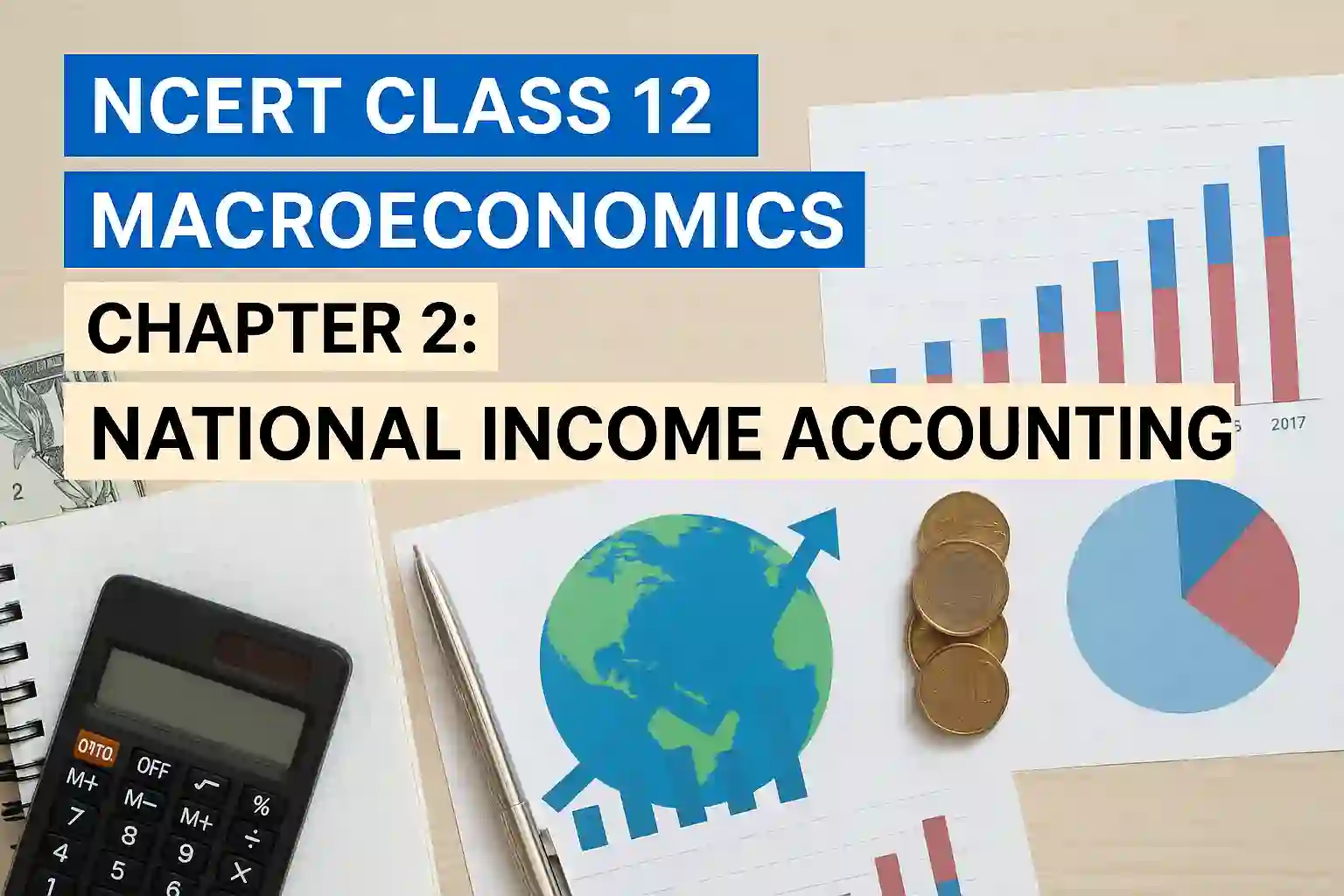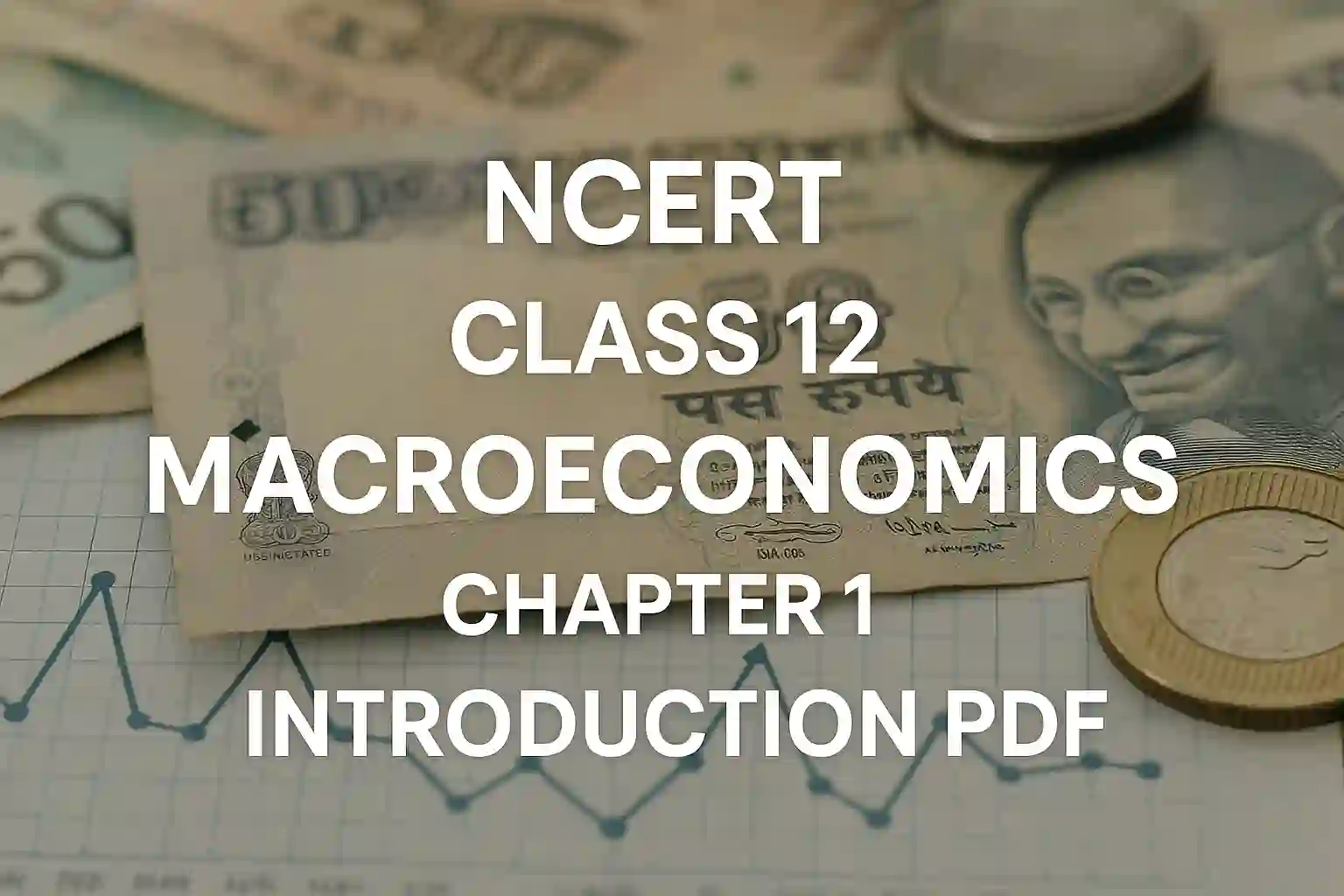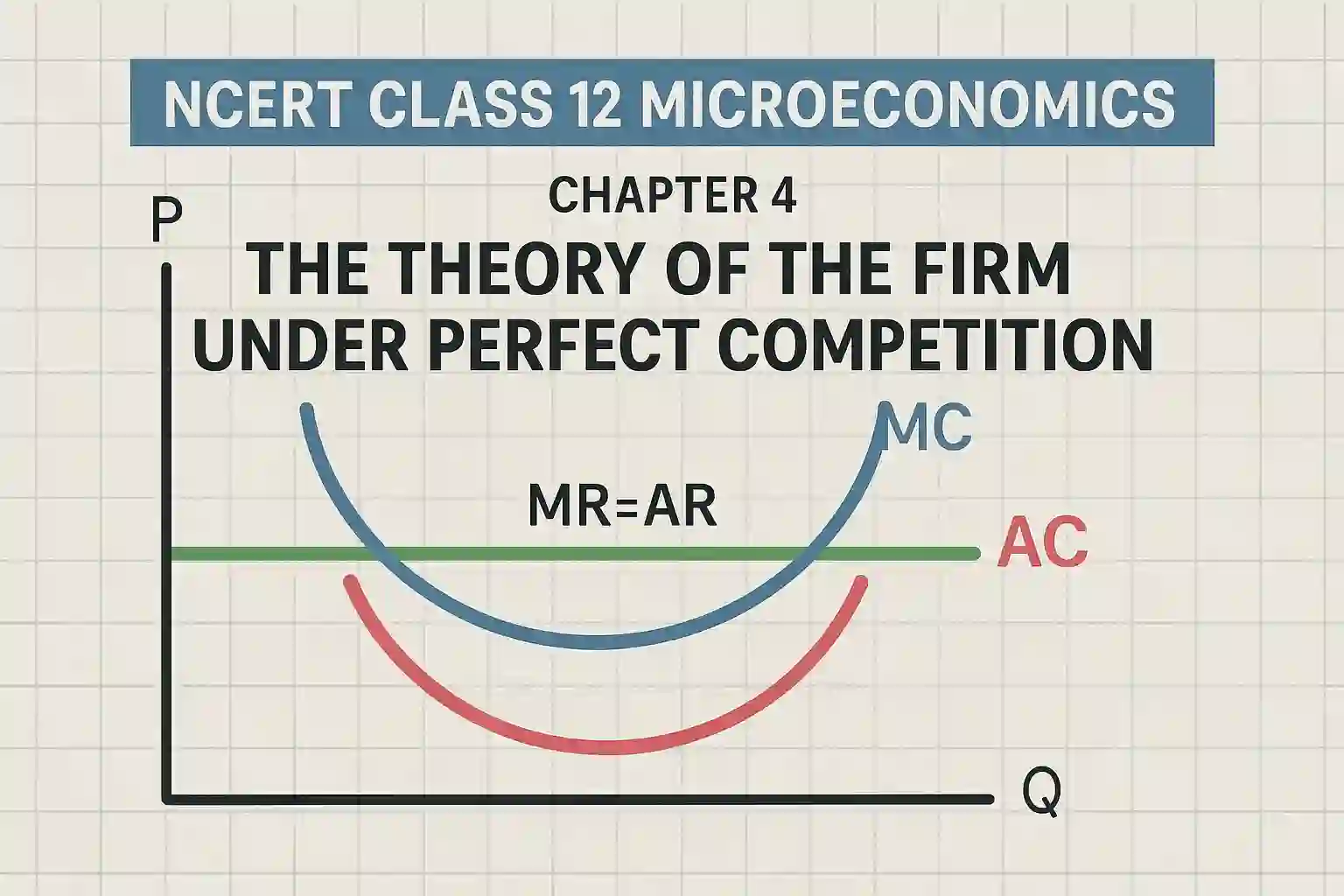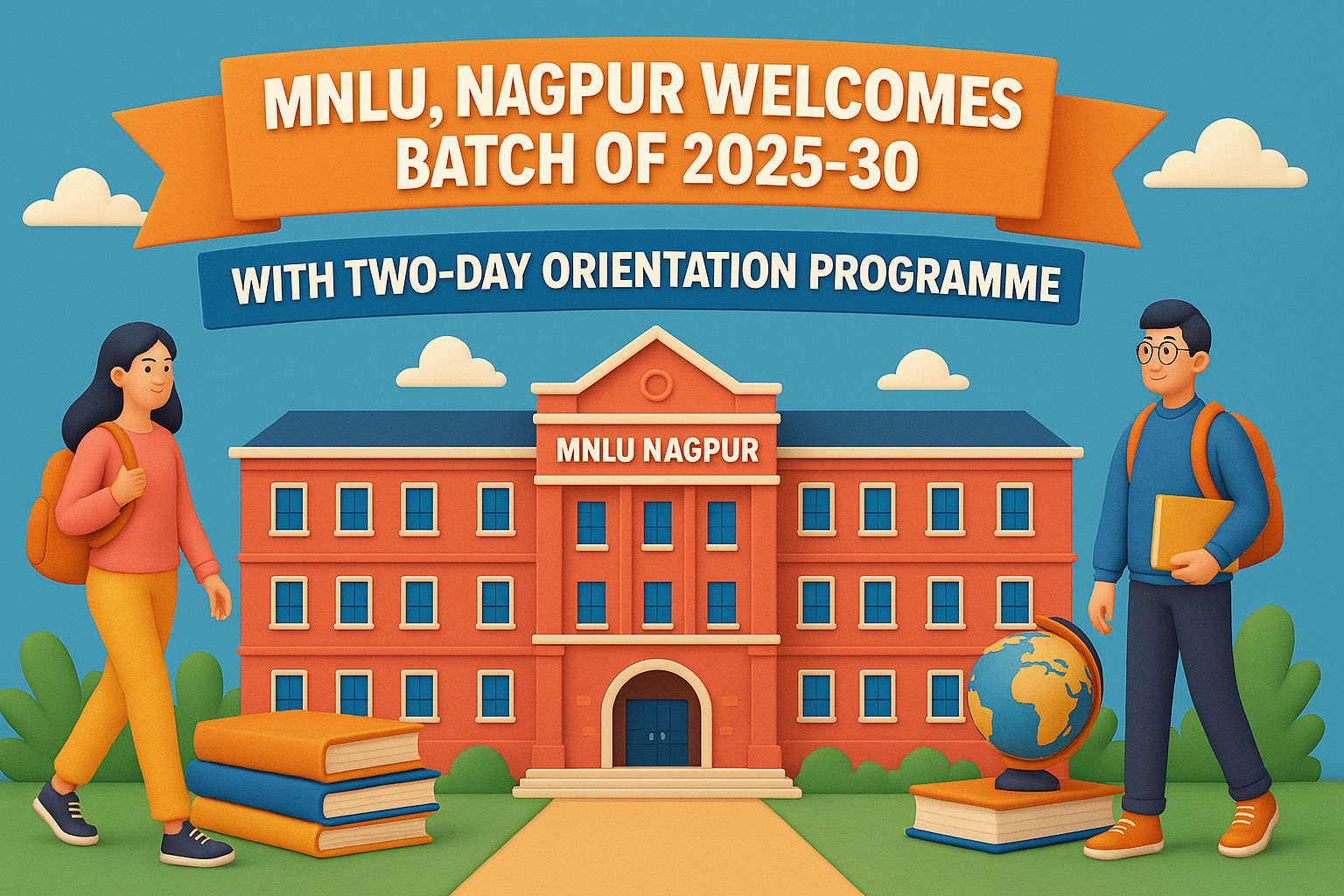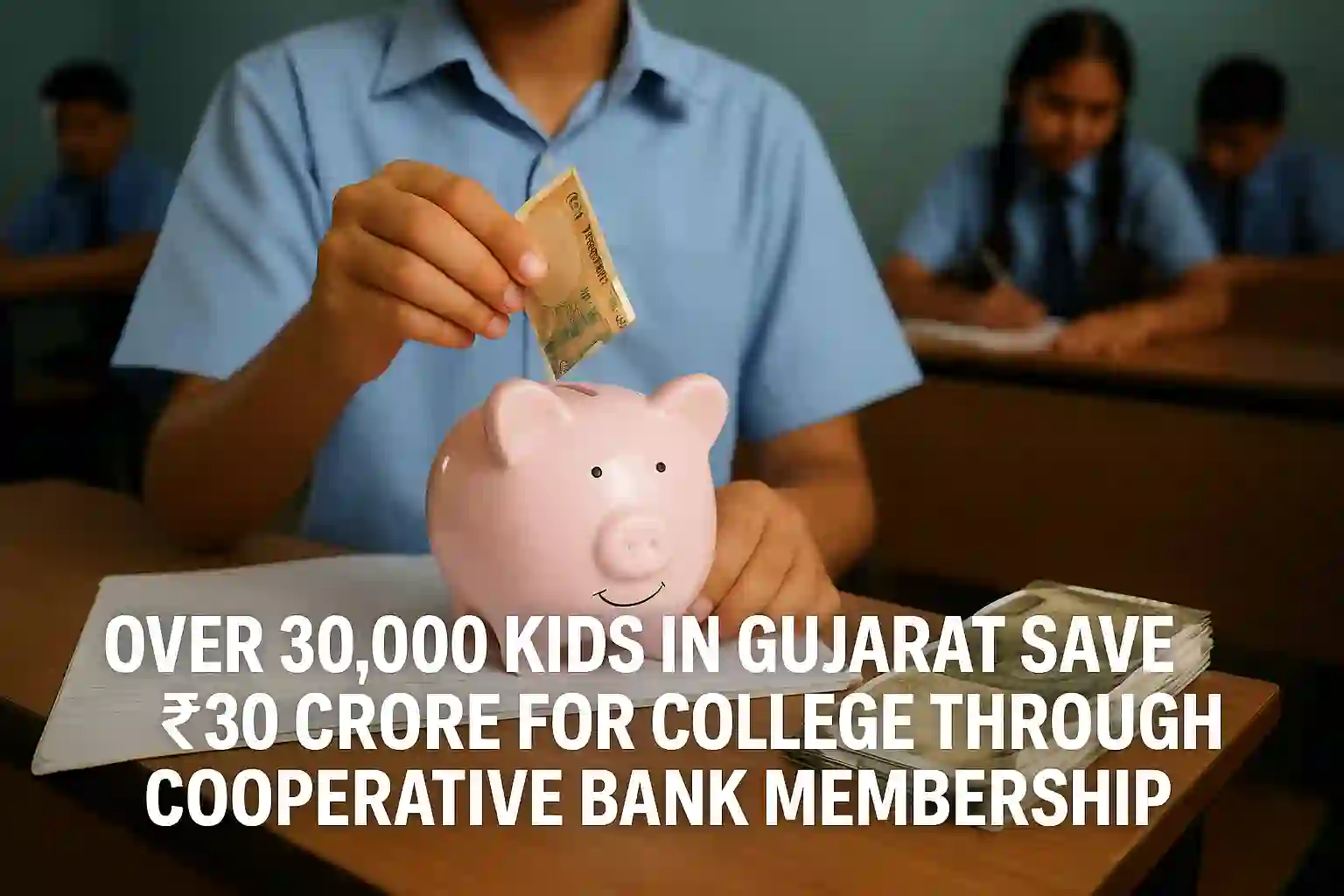Kerala and Karnataka have emerged as the top two states in India when it comes to helping minority students access education loans for studying abroad. As per recent data shared by the Union Ministry of Minority Affairs, students from these two states have received the highest number of global education loans under government-supported schemes since 2020. These loans have helped minority students pursue higher education in reputed institutions overseas, especially in fields like engineering, medicine, and management.
I decided to write about this because when we talk about education loans, the focus is usually on big cities or general student categories. But here’s a story about how minority students from two southern states are not just applying for but actually receiving loans to study abroad. It tells us something important—not just about awareness and outreach, but also about how state-level efforts, community participation, and proactive policies can truly make global opportunities accessible. It’s also a reminder that education, when supported correctly, can cross barriers of geography, language, and financial background.
Kerala and Karnataka: A Model of Awareness and Access
According to official numbers, Kerala and Karnataka together accounted for more than 40% of the total overseas education loans given to minority students in India since 2020. These loans were disbursed under schemes like the Padho Pardesh (now discontinued) and other ongoing financial aid programs backed by the Centre and state governments.
What makes these two states stand out is not just the number of beneficiaries but the support systems built around them:
- Local-level awareness campaigns through minority welfare offices
- Tie-ups with banks for smooth loan processing
- Community-based support networks that guide students and parents
- Regular career counselling sessions in schools and colleges
Key Schemes That Supported These Loans
While the Padho Pardesh scheme was the main driver of subsidised interest rates for minority students studying abroad, other schemes like the NMDFC Education Loan Scheme also played a role.
Some important features of these schemes:
- Loans up to Rs 20 lakh for overseas studies
- Interest subsidy during the moratorium period
- Focus on economically weaker sections of recognised minority communities
- Courses supported: Postgraduate degrees, technical courses, and professional degrees
Fields of Study and Destinations
Majority of the students from Kerala and Karnataka went to countries like the USA, UK, Canada, Germany, and Australia. The most popular courses included:
- MS in Computer Science, Data Analytics, and Artificial Intelligence
- MBA and Finance-related postgrad courses
- MBBS and other medical postgrad degrees
- Engineering, Biotechnology, and Architecture programs
Interestingly, a rising number of female students from minority communities also benefited from these loans, especially from Kerala.
How State Initiatives Made a Difference
Kerala and Karnataka have consistently performed well in terms of human development indicators. But what helped in this case was the ground-level coordination:
- Minority Welfare Departments in both states worked actively to inform students
- Schools and colleges were asked to organise sessions with bank officials
- NGOs and student groups in Muslim, Christian, and other minority communities played a major role in application guidance
In short, there was a visible ecosystem of support, which helped even those from rural areas understand the process and apply with confidence.
What the Numbers Say
As per available figures (from 2020 to mid-2025):
| State | No. of Students Benefited | Approx. Loan Amount (in Cr) |
|---|---|---|
| Kerala | 2,150 | Rs 12.3 crore |
| Karnataka | 1,980 | Rs 11.6 crore |
| Other States | ~3,000 (combined) | Rs 17 crore |
This shows how Kerala and Karnataka together made up a significant chunk of the total assistance under these schemes.
What Other States Can Learn
The success of Kerala and Karnataka is not accidental. It’s built on years of education-focused policies, awareness programmes, and community outreach. Other states can take cues from this and improve their outreach among minority students. Whether it’s by setting up helpdesks in colleges or holding seminars in districts with high minority populations, small steps can help create access to global opportunities.



